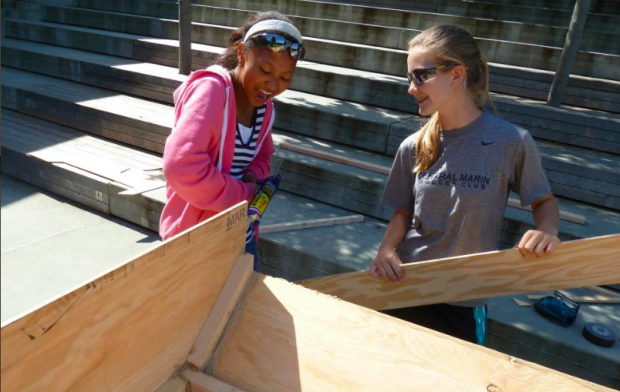
By Matt Levinson
The month of May can be a tough time for schools. The end of the year brings mixed emotions for students, teachers and parents, as they prepare for transition into the summer months. Keeping the same routines can be reassuring for some, but recasting school in terms of time and space can galvanize students and teachers and launch them into the summer full of energy and inspiration.
One school in the Bay Area is rethinking how to finish the year. Instead of proceeding with classes as usual, Marin Country Day School organizes a variety of projects for 7th and 8th grade students that provide opportunities to dig deep, build, learn and perform together.
"It feels like the first day of school all over again, with the same excitement and energy of a new schedule and new beginnings," says Ted Saltveit, Upper School English Teacher and 8th Grade Class Dean."Projects come at just the right time, when motivation is waning and students need a kick start and re-ignition."
That's not a bad feeling this time of year, as the school builds a bridge to the summer months in order to continue to cultivate a love of learning.
